Archives
- 2018-07
- 2018-10
- 2018-11
- 2019-04
- 2019-05
- 2019-06
- 2019-07
- 2019-08
- 2019-09
- 2019-10
- 2019-11
- 2019-12
- 2020-01
- 2020-02
- 2020-03
- 2020-04
- 2020-05
- 2020-06
- 2020-07
- 2020-08
- 2020-09
- 2020-10
- 2020-11
- 2020-12
- 2021-01
- 2021-02
- 2021-03
- 2021-04
- 2021-05
- 2021-06
- 2021-07
- 2021-08
- 2021-09
- 2021-10
- 2021-11
- 2021-12
- 2022-01
- 2022-02
- 2022-03
- 2022-04
- 2022-05
- 2022-06
- 2022-07
- 2022-08
- 2022-09
- 2022-10
- 2022-11
- 2022-12
- 2023-01
- 2023-02
- 2023-03
- 2023-04
- 2023-05
- 2023-06
- 2023-07
- 2023-08
- 2023-09
- 2023-10
- 2023-11
- 2023-12
- 2024-01
- 2024-02
- 2024-03
- 2024-04
- 2024-05
- 2024-06
- 2024-07
- 2024-08
- 2024-09
- 2024-10
- 2024-11
- 2024-12
- 2025-01
- 2025-02
- 2025-03
- 2025-04
- 2025-09
- 2025-10
-
Then Autodock was employed for site directed docking on AD
2025-01-06

Then, Autodock4.2 was employed for site directed docking on AD with the ligands of the cluster(s) having high binding affinities in VS II experiment (Morris et al., 2009). Docking protocols were followed as per our earlier report with 200 GA (genetic algorithm) run (Kalani et al., 2015). Likewise, l
-
The potent inhibition of aromatase by ziram indeed
2025-01-06
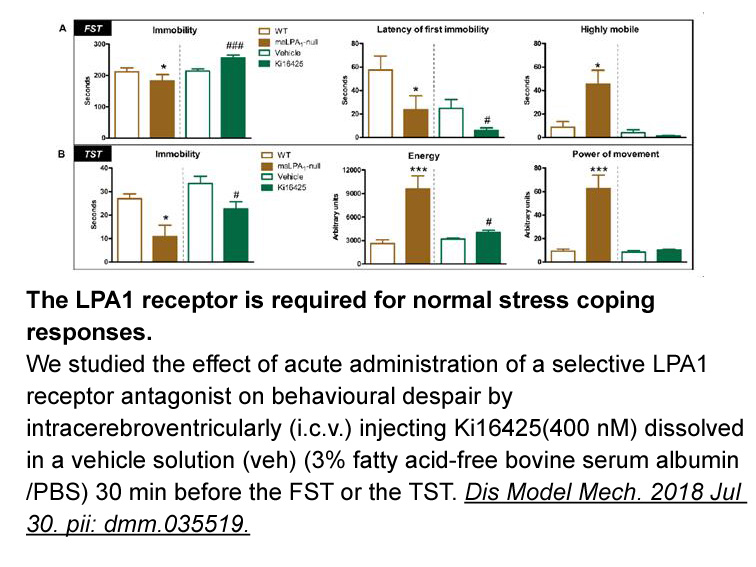
The potent inhibition of aromatase by ziram indeed caused the lower estradiol production in JEG-3 cells (Fig. 4), confirming that ziram can penetrate the cell membrane to get into the cells to act. However, the treatment of ziram did not lower progesterone production in JEG-3 cells (Fig. 4), indicat
-
br Acknowledgment This study was supported by Japan
2025-01-06
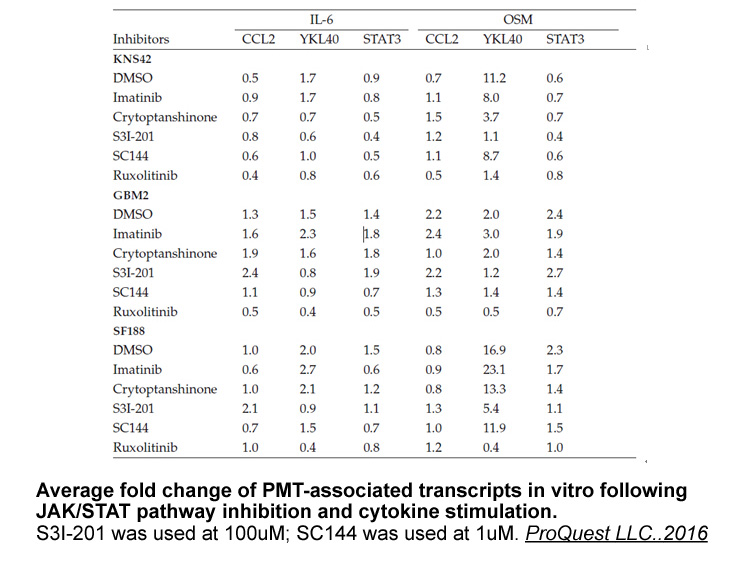
Acknowledgment This study was supported by Japan Society for the Promotion of Science Grants-in-Aid for Scientific Research (KAKENHI) [grant number 15K15031]. Introduction Glioma is the leading malignancy of astrocyte origin in the brain. The most aggressive, invasive, and destructive glioma
-
deity tc 1 These mutations induce the gene
2025-01-06
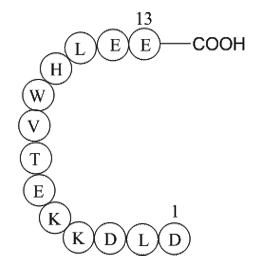
These mutations induce the gene auto-activation in 10–40% of adenocarcinomas, triggering the EGFR-signaling pathway in the absence of ligand. That leads to an uncontrolled acceleration of cell proliferation, survival and anti-apoptotic signals (Couraud et al., 2012). The frequency of these mutations
-
br Materials and method br Result and discussion br
2025-01-06
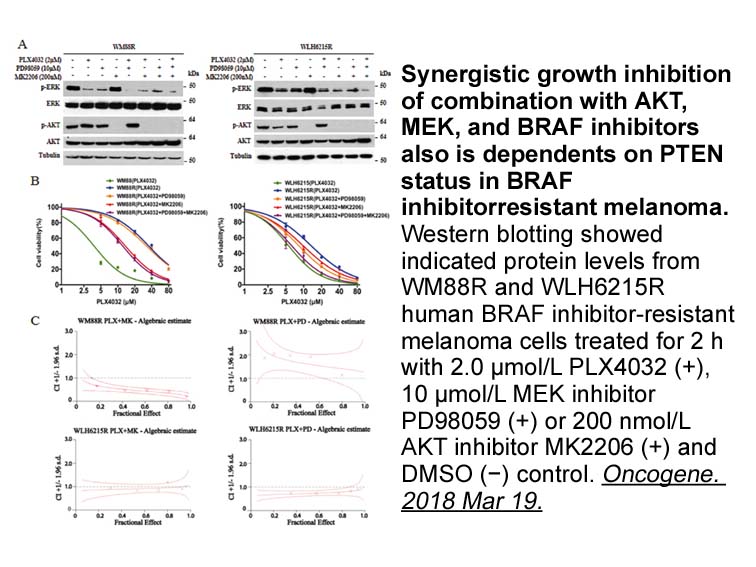
Materials and method Result and discussion Conclusion Acknowledgments This work is partly supported by the University Research Committee (URC) of the Senate of The Federal University of Technology, Akure. The authors thanked IFS for the funds (F/4449 1F and F/4449-2F) used to purchase th
-
Mechanistically NAergic signaling in the
2025-01-06
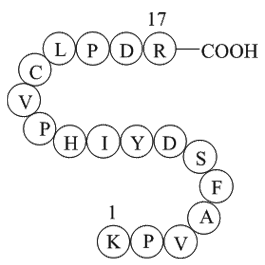
Mechanistically, NAergic signaling in the VTA modulates neuronal activity presumably via α1-AR. The majority of α1-ARs are found in the VTA are located presynaptically on unmyelinated Guvacoline hydrobromide and axon terminals of glutamatergic and GABAergic neurons. However, α1-ARs are also found o
-
Patients with AAG often respond
2025-01-04
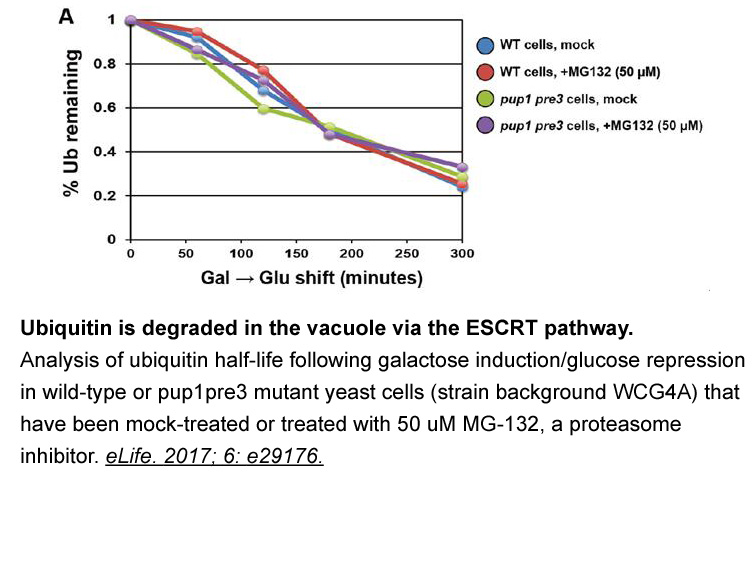
Patients with AAG often respond to intravenous immunoglobulin or plasma exchange. If these therapies are inadequate, ongoing immune suppression with steroids, azathioprine, mycophenylate or rituximab have been shown to be effective in case reports. Our patient seemed initially resistant to steroid t
-
Regarding androgens it is known
2025-01-04
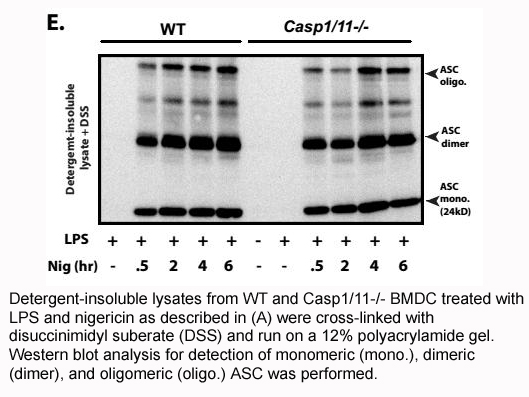
Regarding androgens, it is known that they are also essential for reproductive success (Walters et al., 2010). At the molecular level, their effects are produced mainly by dihydrotestosterone (DHT), arising from the conversion of testosterone by the enzyme 3-oxo-5-alpha-steroid-4-dehydrogenase (enc
-
Introduction Cancer which is responsible for a million
2025-01-04
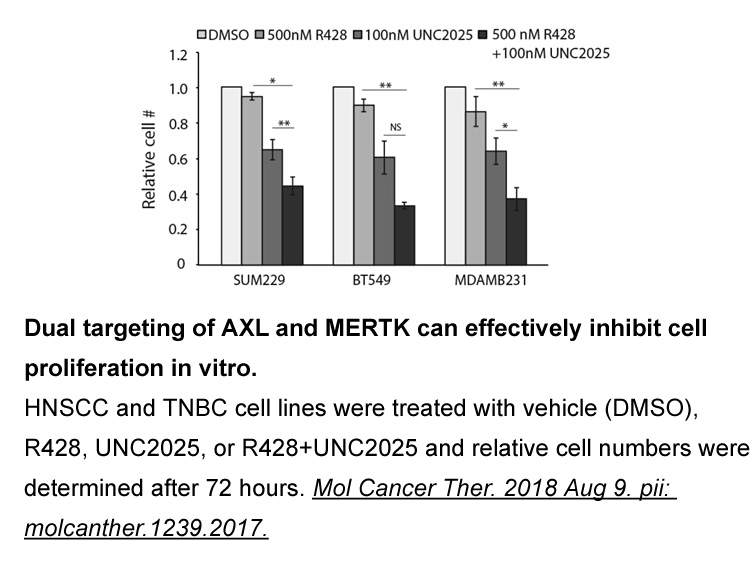
Introduction Cancer, which is responsible for a million deaths each year, is universally feared, and approximately 50% of newly diagnosed cases can be cured [1]. The existing cancer treatments, including surgery, chemotherapy, radiotherapy or a combination of them, are quickly losing efficacy. The
-
Introduction Lipoxygenases LOXs are key enzymes that
2025-01-04
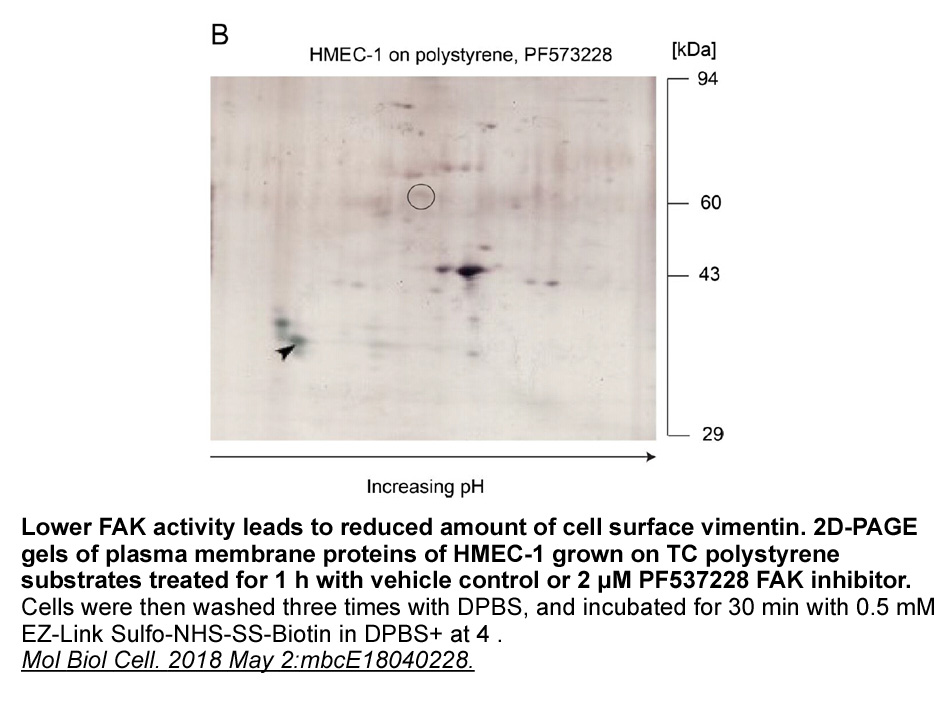
Introduction Lipoxygenases (LOXs) are key enzymes that catalyze the polyunsaturated fatty acids (PUFAs) such as arachidic Sitagliptin phosphate (AA), linoleic acid (LA) and others unsaturated fatty acids (Brash, 1999). LOXs are expressed in immune, neural, epithelial, tumor cells and other cells (
-
The amino acids evaluated in this study represent proteinoge
2025-01-03
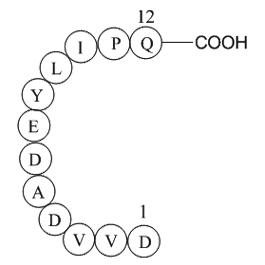
The amino acids evaluated in this study represent proteinogenic (amino acids that are applied in the genetic code) or even essential ones (amino acids that cannot be synthesised by the organism and need to be taken up by nutrition). Tryptophan, phenylalanine, tyrosine, isoleucine, threonine and vali
-
Flubendazole br Methods br Results br Discussion Agitation
2025-01-03
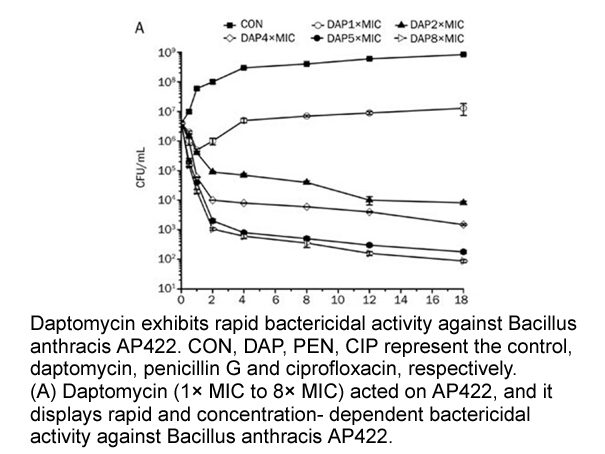
Methods Results Discussion Agitation in dementia has recently been defined as a syndrome characterized by inferred or observed evidence of emotional distress associated with at least one behavioral component, i.e. excessive motor activity, verbal or physical aggression (Cummings et al., 201
-
We stimulated HNEpC cells with LPS
2025-01-03
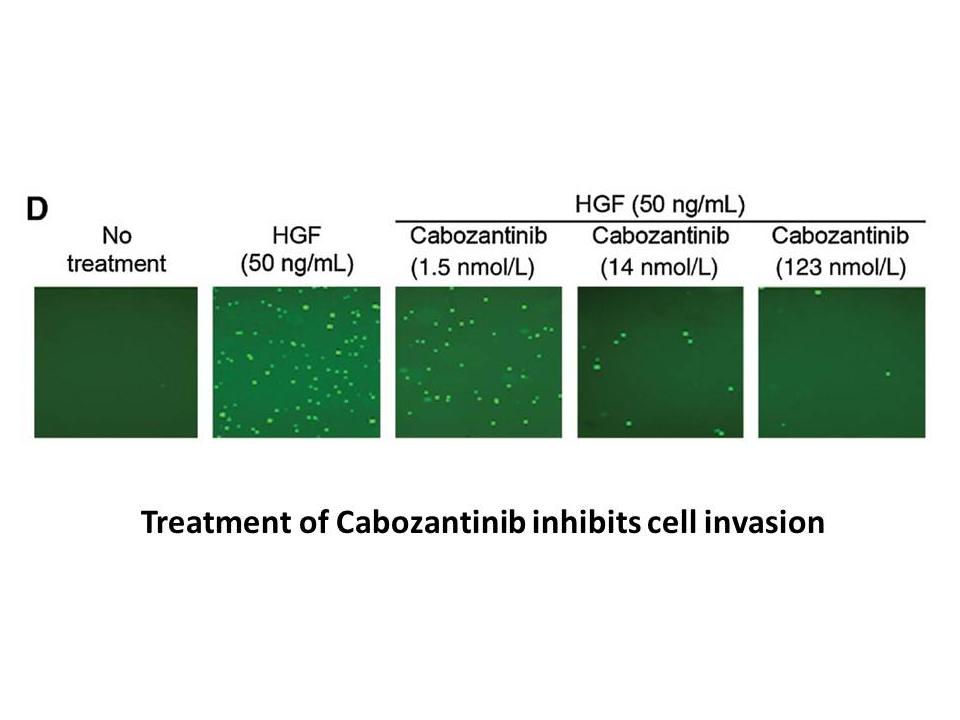
We stimulated HNEpC cells with LPS found that the secretion of inflammatory cytokines and the expression of AHR was increased significantly, and miR124 was reduced. It has been found that LPS as a foreign substance can bind to the TLR family of proteins to activate intracellular AHR signaling [[19],
-
TBCA compound Among all the compounds the novel
2025-01-03
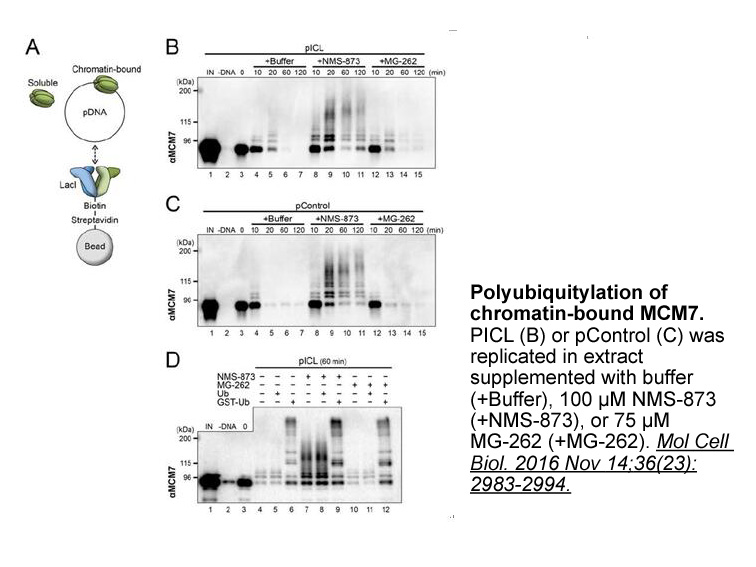
Among all the compounds, the novel L-748,337 derivative (23d) showed the potent human β3-AR antagonist activity and high lipolysis inhibitory activity in vitro. The TBCA compound 23d displayed 23-fold more potent β3-AR antagonist activity (EC50 = 0.5117 nM) than that of L-748,337 (EC50 = 11.91 nM)
-
Adiponectin also suppresses inflammatory stimuli induced NF
2025-01-03
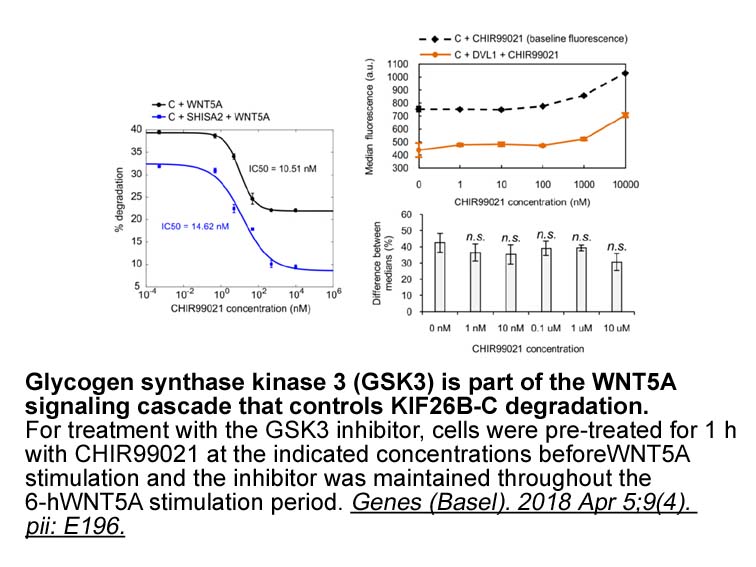
Adiponectin also suppresses inflammatory stimuli-induced NF-kappaB activation, which may significantly contribute to the anti-diabetic and anti-atherogenic effects of adiponectin (Ouchi et al., 2000). The downstream mediators of AdipoR1 and AdipoR2, RPPAR and AMPK increase inflammatory responses by
16319 records 29/1088 page Previous Next First page 上5页 2627282930 下5页 Last page